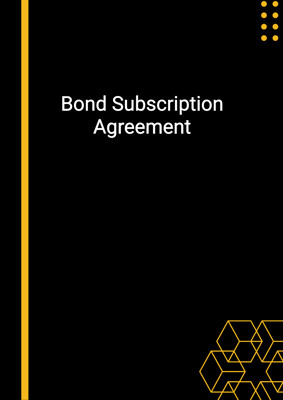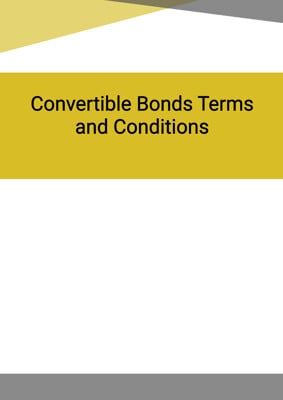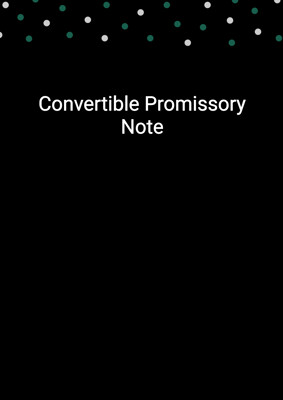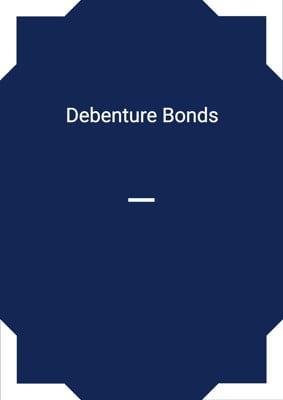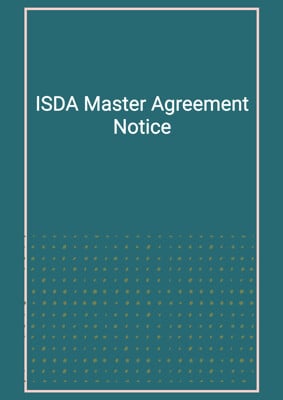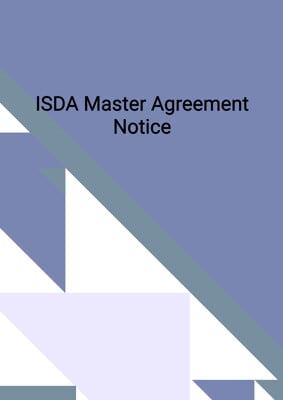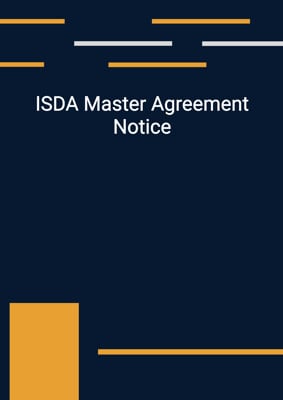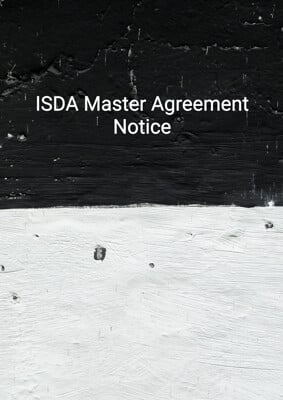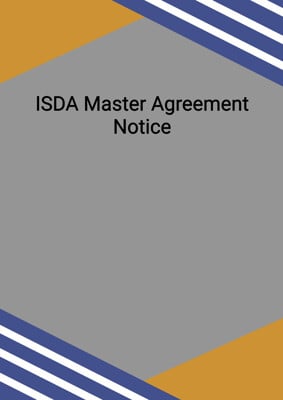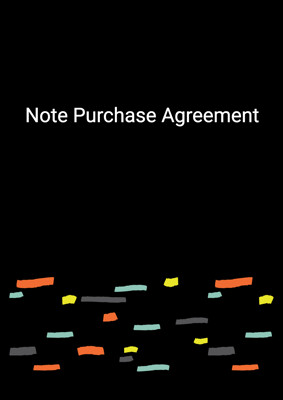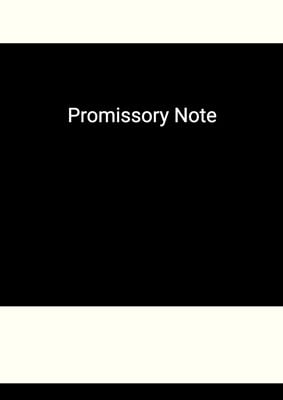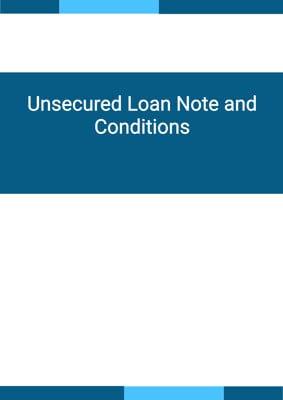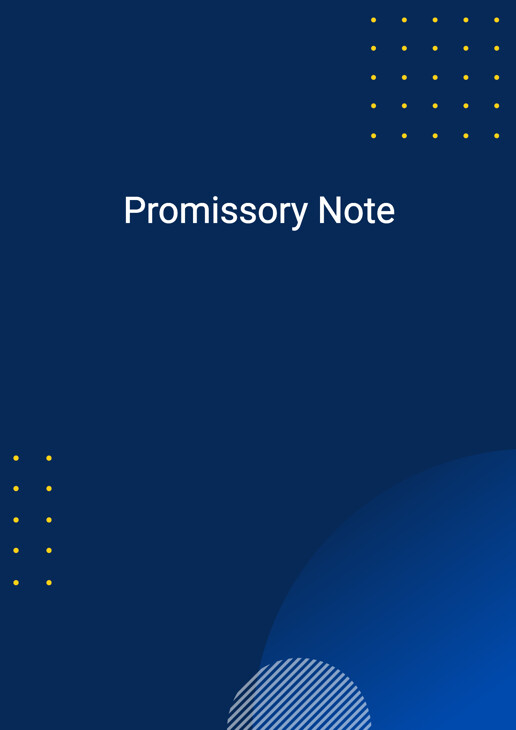
Promissory Note
Unsecured
Unsecured Promissory Note with Conditions. A promissory note is a financial instrument that contains a written promise by one party (the issuer of the note) to pay another party (the note's payee) a definite sum of money, at a specified future date. The Note will also set out the Conditions of Repayment of this amount of money by the Lender. The issuer of the promissory note writes a promise to pay an amount of money to the lender. The Note is issued subject to the Conditions endorsed on it which form part of it. It is expected that the Lender will repay this principal amount, with or without interest on a determined due date. This amount can be paid in one single sum or by instalments, as agreed between the Borrower and the Lender. The promissory note will usually also contain clauses concerning matters related to late/default payment, transferral of the note, notices, waivers, severability etc. When the Note is properly repaid, the Note will be cancelled by the Lender.
How to Tailor the Document for Your Need?
01
Create Document
Click "Create Document" button and the document will be prepared with your account details automatically filled in.
02
Fill Information
Please fill in any additional information by following the step-by-step guide on the left hand side of the preview document and click the "Next" button.
03
Get Document
When you are done, click the "Get Document" button and you can download the document in Word or PDF format.
04
Review Document
Please review the document carefully and make any final modifications to ensure that the details are correct before publication / distribution.
Document Preview
Document Description
The Promissory Note is an unsecured document that outlines the agreement between the borrower and the lender. It serves as a legally binding contract that establishes the terms and conditions of the loan. The importance of this document cannot be overstated, as it protects the rights and interests of both parties involved.
The entire document consists of several sections that provide a comprehensive overview of the agreement. The first section includes the title, 'Promissory Note,' which clearly identifies the nature of the document. It is followed by the content, which begins with a brief introduction stating that the note is made between the borrower and the lender.
The content then proceeds to outline the key details of the agreement. Section 1 focuses on the repayment of the note, specifying whether it will be paid in a single sum or through installments. It also mentions that the note will be repaid in full on the due date, with payments being credited to late fees, interest, and principal.
Section 2 addresses the interest on the note, stating whether it will be charged or not. If interest is applicable, the rate and payment schedule are mentioned. Section 3 discusses the consequences of late payment, including the imposition of default interest and the lender's right to declare all outstanding sums immediately due and payable after a default.
Section 4 covers legal fees and costs, stating that the lender is responsible for paying the borrower's costs in collecting sums due after a default. It also mentions that the prevailing party in any legal proceeding related to the note is entitled to recover its reasonable legal fees and costs from the non-prevailing party.
Section 5 emphasizes that the borrower executes the note as a principal and not as a surety. If there are multiple borrowers, they are jointly and severally liable under the note. Section 6 addresses the transfer of notes, specifying the conditions under which a note can be transferred and the issuance of a fresh note for any balance.
Section 7 discusses the renewal of notes in case of defacement, wear, loss, or destruction. It mentions the payment of a fee and the provision of evidence and indemnity. Section 8 covers the process of giving notices, including the methods of delivery and the deemed time of service.
Section 9 includes waivers by the lender, such as waiving presentment for payment, notice of dishonor, protest, and notice of protest. It also states that the lender's failure or delay in exercising their rights under the note does not constitute a waiver.
Section 10 clarifies that there are no third-party beneficiaries under the note, except for the parties involved and their successors or assigns. Section 11 addresses severability, stating that the invalidity or unenforceability of one provision does not affect the validity of the others.
Finally, Section 12 states that the note cannot be modified or amended except through a written agreement signed by both the borrower and the lender. It also includes the date of signing and the names and addresses of the witnesses.
Each section of the document provides specific details and instructions that are crucial for understanding and enforcing the agreement. It ensures that both parties are aware of their rights, obligations, and the consequences of non-compliance.
How to use this document?
1. Enter the borrower's and lender's information: Fill in the names and addresses of the borrower and lender in the designated fields. This ensures that both parties are clearly identified.
2. Specify the repayment method: Choose whether the note will be repaid in a single sum or through installments. If choosing installments, specify the amount and due date of each installment. This ensures that both parties are aware of the repayment schedule.
3. Determine the interest rate: Decide whether interest will be charged on the note. If applicable, specify the rate and payment schedule. This ensures that both parties are aware of the interest terms.
4. Address late payment consequences: Clarify the consequences of late payment, including the imposition of default interest and the lender's right to declare all outstanding sums due and payable after a default. This ensures that both parties understand the repercussions of non-payment.
5. Discuss legal fees and costs: State that the lender is responsible for paying the borrower's costs in collecting sums due after a default. Also, mention that the prevailing party in any legal proceeding related to the note is entitled to recover their reasonable legal fees and costs from the non-prevailing party. This ensures that both parties are aware of the potential financial implications.
6. Execute the note: Sign the note as a principal borrower, and if applicable, have all borrowers sign. This ensures that all parties are bound by the terms of the note.
7. Understand the transfer process: Familiarize yourself with the conditions for transferring the note, including the need for a written instrument of transfer and the issuance of a fresh note for any balance. This ensures that any future transfers are done correctly.
8. Renew notes if necessary: If a note is defaced, worn out, lost, or destroyed, follow the specified process for renewal, including paying the required fee and providing evidence and indemnity if applicable. This ensures that the note remains valid and enforceable.
9. Communicate through proper notices: Use the designated method of giving notices, such as sending them by post, to ensure effective communication between the parties. This ensures that important information reaches the intended recipient.
10. Understand waivers and rights: Familiarize yourself with the lender's waivers, such as waiving presentment for payment, notice of dishonor, protest, and notice of protest. Also, be aware that the lender's failure or delay in exercising their rights under the note does not waive those rights. This ensures that both parties understand the lender's position.
11. Clarify third-party beneficiaries: Recognize that, except for the parties involved and their successors or assigns, no other person or entity has rights or remedies under the note. This ensures that the scope of the agreement is clear.
12. Seek written agreement for modifications: Understand that the note cannot be modified or amended except through a written agreement signed by both the borrower and the lender. This ensures that any changes to the note are properly documented and agreed upon.
Following these steps will help you effectively use the Promissory Note and ensure that both parties are aware of their rights and responsibilities throughout the loan agreement.
Not the right document?
Don’t worry, we have thousands of documents for you to choose from:
